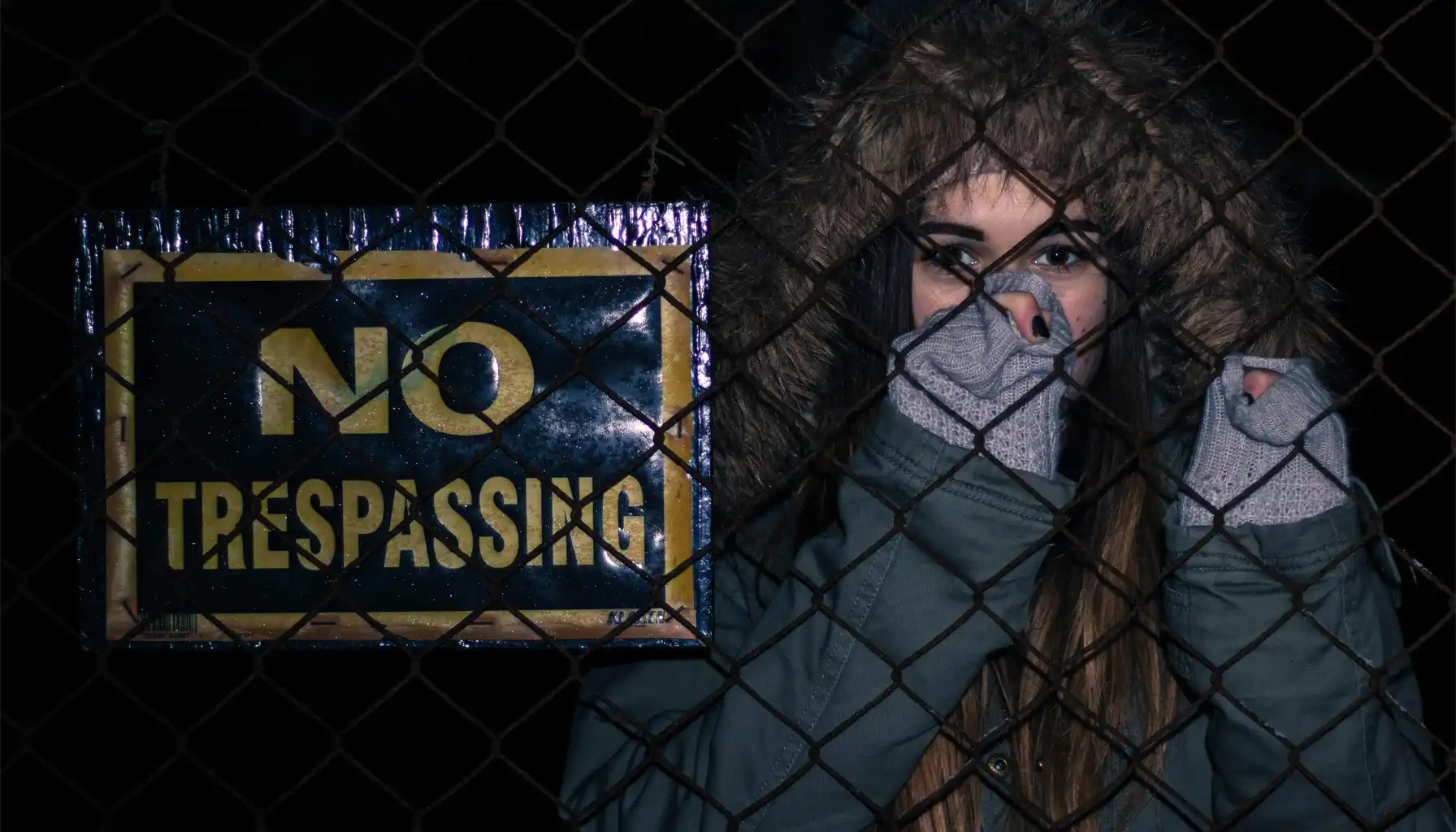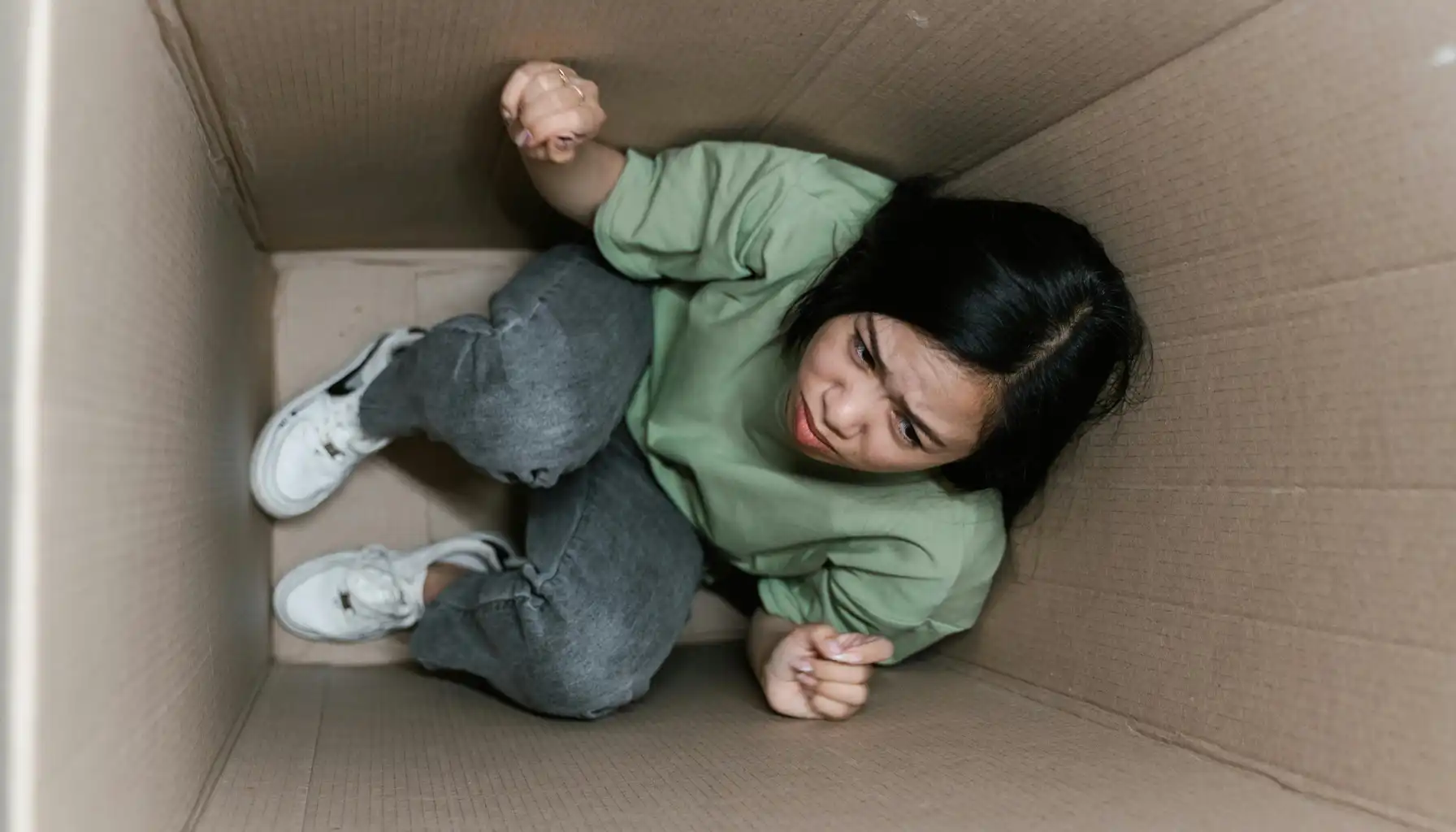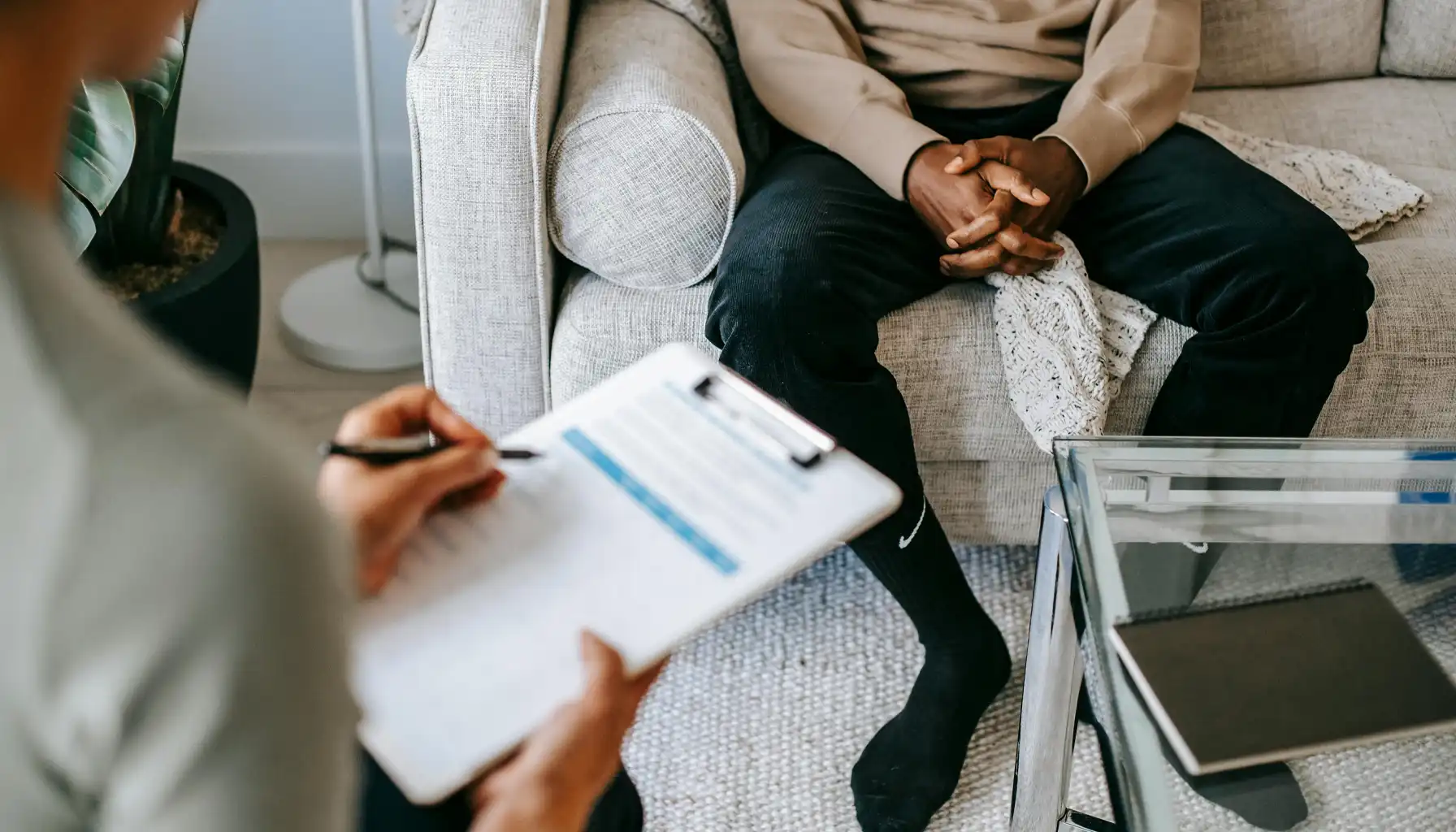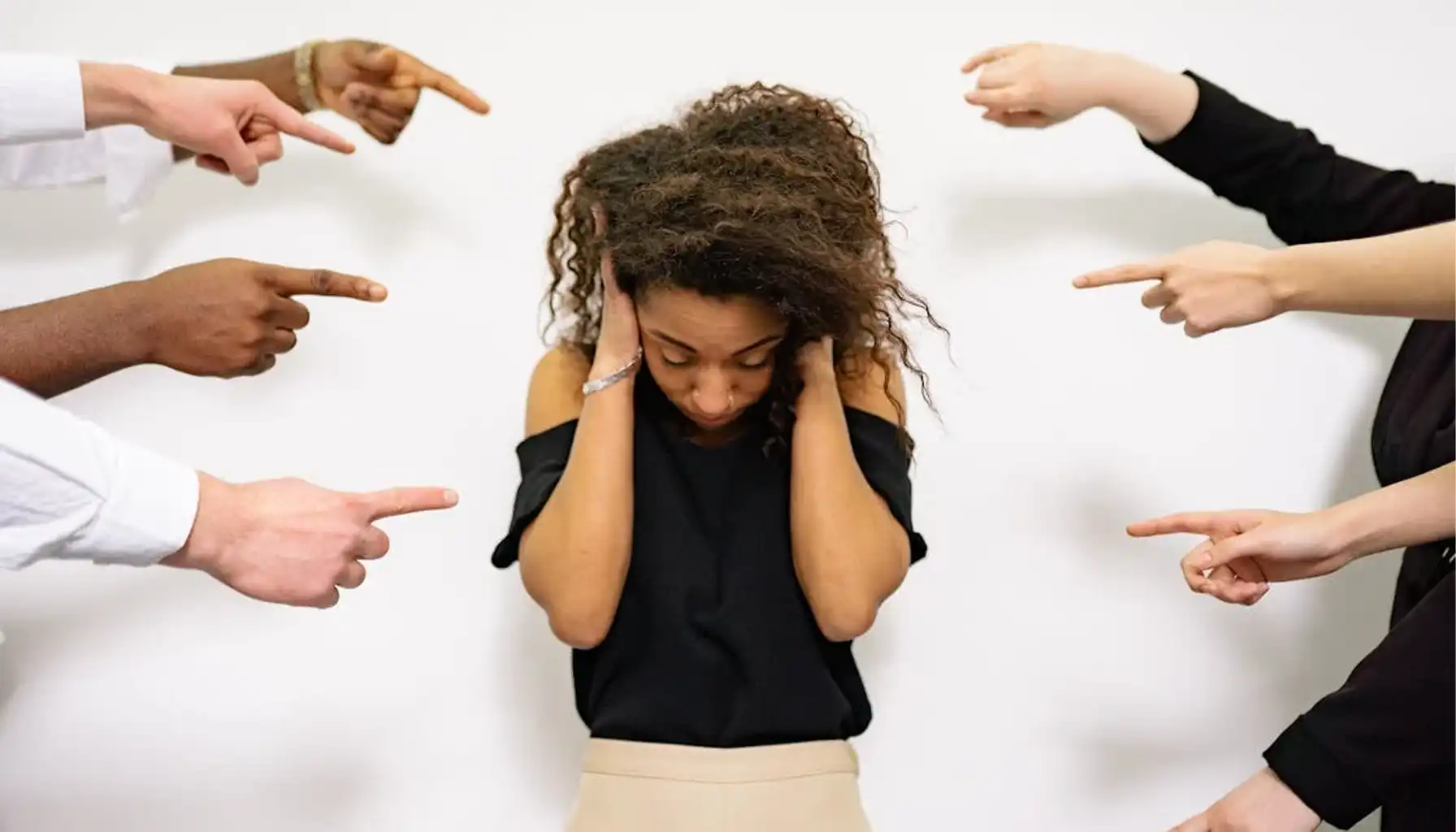Contents:
Picture this: standing in line for coffee, minding the day’s business, when a man steps up and casually says “hello.” The voice is friendly, but the body disagrees, heart pounds like it’s auditioning for a rock band, and the overwhelming urge is to retreat. This isn’t just awkwardness or being “bad at small talk”, right?
Androphobia is the term for a persistent fear of men. For some, it happens by direct interaction, and sometimes even by the thought of it. The brain’s alarm system misreads the situation as unsafe, flooding the body with fight-or-flight signals.
The androphobia meaning in psychology: it’s a type of specific phobia. Reactions may happen so quickly and strongly that they seem impossible to control.
It’s all stored in the brain, and, thankfully, the brain has plasticity. There are plenty of websites that will help you with that, including the Mind Elevate app.
People experiencing this describe androphobia symptoms such as rapid heartbeat, shortness of breath, sweating, and sometimes dizziness. People like this will need psychological care, like trauma therapy. Briefly it’s a therapeutic approach which helps you deal with different negative life circumstances.
How Can You Better Understand This Phobia

Androphobia definition is pretty simple: your brain’s fire alarm goes off every time it detects “man” in the vicinity. It’s an involuntary fear that can hijack the body’s stress response in seconds. The fear is tied to a very particular trigger.
Unlike general mistrust, the nervous system skips the debate of if this person is safe or not entirely and goes straight to full alert, with sweaty palms, rapid heartbeat, and the sudden need to make a quick exit.
When professionals want to understand the scope of it, they may use an androphobia test (the example of what you may see on therapy is at the end of the article) .
Blame the Brain (And a Little Bit of Life Experience)
The amygdala (that almond-shaped bit of the brain that deals with anger and fear) can be a bit of a drama queen. Its job is to scan for threats and sound the alarm, but sometimes it starts treating everyday situations like action-movie danger scenes.
With androphobia, the amygdala has learned to associate men with danger, like from personal experiences, cultural messages, or specific traumatic events.
Once that pattern sets in, it can be surprisingly sticky. The brain stores these “lessons” as survival strategies, even if they’re based on outdated or inaccurate information. Over time, it can make even small talk at the office feel unsafe, no matter how logically someone knows they’re fine.
How common is androphobia? Many people live with similar reactions, and it’s not a reflection of weakness or irrationality.
But, brains are capable of rewiring. With the right androphobia treatment , therapy like gradual exposure or Cognitive Behavioral Therapy, it’s possible to teach the amygdala to quiet down and let safe situations feel safe again.
Everyday Life With Androphobia

It’s like a normal day but having to mentally scan for possible encounters with men before leaving the house. That’s the reality for many people living with this phobia. Work meetings, grocery runs, or even walking the dog are pretty hard for them.
You can miss whats androphobia, because it’s usually dismissed as simple shyness or social discomfort. People can be diagnosed with Sociophobia or Antisocial Personality Disorder, but if you don’t diagnose it right, the effect of such therapy almost doesn’t exist.
Some people avoid certain career paths, hobbies, or social events because the possibility of interacting with men is what scares them. Public spaces like buses, gyms, or restaurants may require extra planning or be skipped altogether.
Relationships: friendships, romantic connections, or even casual acquaintances are limited or avoided.
Androphobia causes may be:
Possible Cause | How It Can Contribute to Androphobia |
Past traumatic experiences | Direct negative encounters with men. |
Witnessing violence or abuse | Even without being the direct target, you can see harmful behavior from men. |
Cultural or societal messages | Growing up in an environment that portrays men as threatening or unsafe. |
Learned behavior from family | If parents or caregivers model fear or avoidance of men, those patterns can be absorbed early on. |
Personal safety incidents | Situations like harassment, bullying, or intimidation by men. |
Underlying anxiety disorders | Existing high sensitivity to threat can make fear responses toward men more likely to develop. |
It’s not something that simply “goes away” without support.
How Professionals Diagnose It

When psychologists set out to define androphobia in a clinical setting, they’re gathering clues about how the fear shows up, when it started, and what situations trigger it most.
An evaluation usually goes like that:
Interviews: talking through experiences, symptoms, and how the fear affects daily life
History-taking: looking at past events, medical conditions, and mental health background
Behavioral observations: noting reactions to certain scenarios or topics
Rule-out: making sure the symptoms aren’t better explained by something else, such as social anxiety or post-traumatic stress
Sometimes, androphobia has PTSD connections, especially if the fear developed after a traumatic event involving men.
Ways to Start Calming the Alarm System
One of the approaches for a fear of men is gradual exposure therapy.
Start with low-stress situations: maybe looking at photos or watching TV shows with male characters, and working up to real-life interactions. The brain learns safety through repetition
Cognitive-behavioral techniques help with the thought patterns that keep fear stuck
Pairing that with relaxation training like deep breathing, muscle relaxation, or mindfulness gives the body a counter-signal to the alarm
When asking what does androphobia mean, it’s simply an overprotective brain doing its job too well. And yes, even though androphobia adalah a real and valid condition, it’s also one that can be improved with a supportive therapist and patience.

Small Steps You Can Try Right Now
If you are wondering how to overcome androphobia, start with grounding exercises. Pick one: feel both feet on the floor, notice five things in the room, or focus on slow, steady breaths. This signals to the body that the present moment is safe.
Here are a few simple actions to try:
Practice grounding: focus on sensory details in your surroundings to bring the mind back to the present
Journaling triggers: jot down when the fear appears and what thoughts or sensations come with it
Small, safe exposures: spend short amounts of time in public spaces where men are present, without pressure to interact
Celebrate progress: acknowledge even tiny improvements to reinforce a sense of safety
And yes, can men have androphobia? Absolutely. Anyone can develop this phobia.
Quick Androphobia Self-Check
For each statement, rate how true it feels for you on a scale from 0 (Not at all) to 4 (Very true).
I feel tense, anxious, or unsafe in situations where men are present, even if nothing threatening is happening.
I avoid places, activities, or events because I might have to interact with men.
My heart races, I sweat, or I feel short of breath when a man speaks to me unexpectedly.
I have strong emotional reactions (fear, panic, distress) to seeing men in public, on TV, or online.
My fear has affected my relationships, career choices, or hobbies.
Scoring:
0–5: Occasional discomfort. May just be situational or preference-based.
6–10: Noticeable patterns. Worth reflecting on possible triggers and coping strategies.
11–20: Consider speaking with a therapist for evaluation and support.





